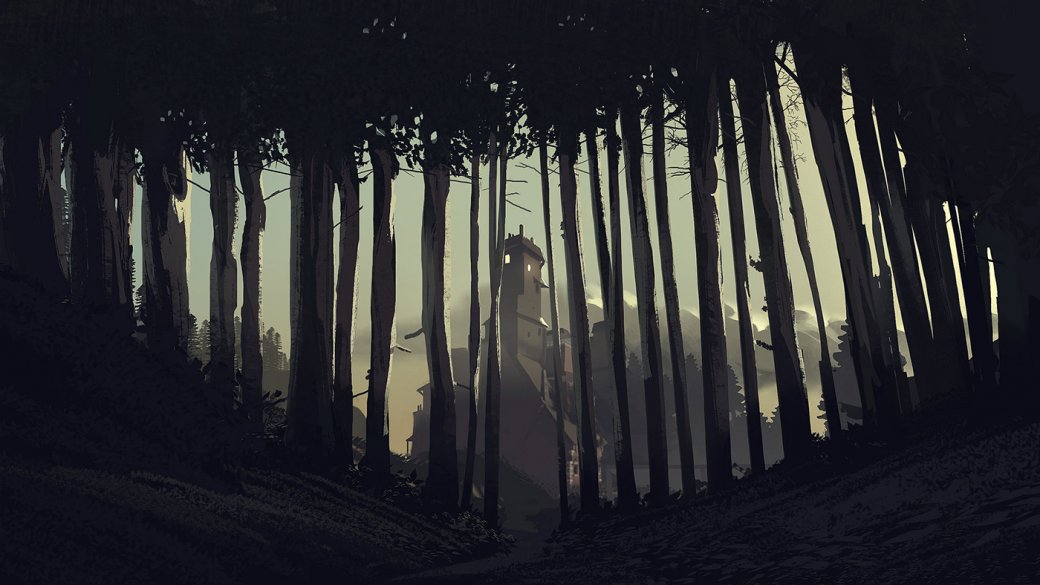“Simulator walk about the empty house” – a definition that probably will cause many to recall Gone Home , play, greatly contributed to the popularization of the genre. Undoubtedly, for
What Remains of Edith Finch of also relies heavily on environmental storytelling and more talks about their characters through the surrounding parts – perhaps it is the best in this regard, since the most Gone Home.
However, it is not limited thereto, and by its closest analogue is characterized by very much (though if you’re not a fan of games with a minimum of gameplay, here you still have nothing to catch).
Gone Home could be accused of over-optimism; What Remains of Edith Finch is completely fatalistic.
We know in advance that every story in it will end in death.
The game itself is trying to tell us not only how to live Finci how that felt every one of them, when death came to him.
If Gone Home was the first interactive museum, cultural and autobiographical cut the mid-90s, then What Remains of Edith Finch – are interactive
“One Hundred Years of Solitude” (in this case – “One Hundred Years of premature death”). It is absolutely linear and clearly structured in chapters which leads us through the epistolary narrative on behalf of the titular heroine, who, together with us acquainted with the history of the
Finch family. The local narrative – is both an email and blog dedicated to return to the family left the house and finding his secrets.
And this mansion is in itself translates the story into the category of magic realism. The room it did not change hands: should someone die from Finch, as his quarters are a museum, frozen in time snapshots, save all exactly where it lay at the time of the owner’s death. There’s also usually be found, such as a diary or an epitaph, which gives us an opportunity to understand how the owner of the room left a life – and see it with my own eyes.
We are experiencing the last moments of the life of each of Finch with him, with a first-person – we literally summing each of them to the last line.
And every story is arranged differently than previous – and in terms of supply, and in terms of gameplay (no matter how minimalistic it then was), and in terms of style. In What Remains of Edith Finch we see the world through different eyes do – and as much as I would like to tell you more about it, but too much detail would spoil the surprise.
This approach – a combination of bright (even too much, but he and the magic realism) locations and short, shrill interactive sketching and making What Remains of Edith Finch as an outstanding work. First-person view and complicity allow much deeper into history than if we looked at them from the side (for example, in the film), and the opportunity to go back to the monastery of these people, to see what they have lived, perfectly complements the picture. Let gameplay and not go beyond “run up to the desired point and click the button to the story continued,” it is enough to make this grim story became much more emotional.
Curiously, despite his despair What Remains of Edith Finch does not seek to immerse the player into a depression – quite the contrary, it is imbued with light fatalism, calling not to regret anything and was not meant to be, and to appreciate what these people They had experience, and what they left behind. This game is about making mortality – both your own and your loved ones – and in this peaceful reconciliation hidden far greater emotional charge than in many other works, often wriggle degree of drama.
Most video games, because of their characteristics in some way connected with the death of people, but as beautiful as What Remains of Edith Finch, death did not speak yet not one of them.

